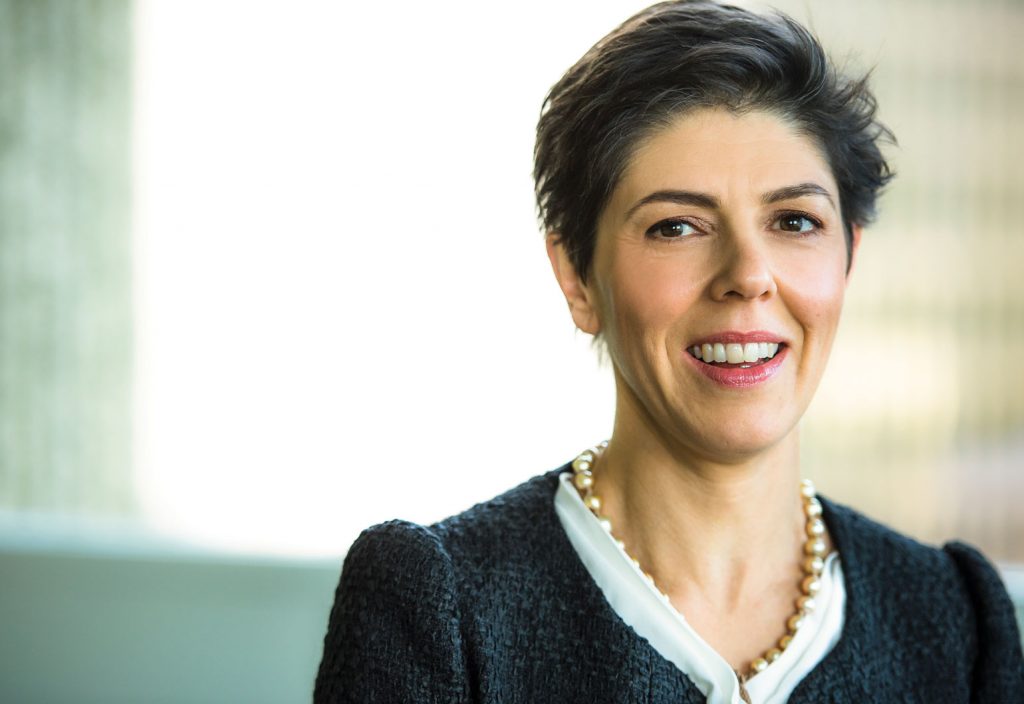Anne Pearson has worked for the national energy regulator for more than a decade and as chief executive since 2016. The Commission is currently developing new rules for the electricity grid.
She spoke with create about Australia’s energy performance, policy balancing acts and what engineers contribute to this area.
create: What is the role of the Australian Energy Market Commission?
ANNE PEARSON: Our role at the Commission is to make and amend the rules for our electricity and natural gas markets to support the evolution of those markets. In addition to rule making, we provide advice to governments on all the policy issues to help inform their decisions.
create: Energy is a hot policy topic at the moment. How involved do you get in those discussions?
AP: One of the reasons why people like to work at the organisation is to be able to contribute to those thorny issues. We provide advice to government around a number of topics. Over the past two years we have provided advice on integration of renewable energy and the resilience of the power system.
For example, we’ve made rule changes and provided advice on how to have enough inertia in the power system, and how to provide adequate levels of system strength.
create: How does the AEMC interact with the Energy Security Board (ESB) on the work it is doing?
AP: The AEMC, along with our market body colleagues, contribute to the Energy Security Board to develop its solutions and discharge its obligations. As part of that we’ve also been involved in the development of the National Energy Guarantee. The ESB is finalising its design for that. We have to keep in mind that the National Energy Guarantee will solve some problems, but not all, in the market. And that’s why having our broader work program is also important.
There are a range of issues going on as our market transforms, including balancing consumer protections, integrating new technologies into the power system, and unlocking the value of these technologies, and they will need to be managed. The role the AEMC plays is to find the combination of solutions that supports this transition at the lowest cost for consumers.
create: How can engineers better influence electricity market rules to deliver good outcomes for the community?
AP: We particularly welcome the input of engineers with their particular skill set. Many of the issues that confront us at the moment have a technical basis. There are two things that I would say to any stakeholder: if you see a problem with a rule and you think you’ve got a solution, submit a rule change in to us. The second thing is to get involved in our processes. We’re increasingly using technical working groups to inform our rule making.
“Lorem ipsum dolor sit amet, consecter adipisicing elit, sed do eiusmod tempor incididunt ut labore Lorem ipsum dolor sit ametconsecter adipisicing elit, sed do eiusmod tempor incididunt ut labor“
create: You also manage rules relating to natural gas. Are there issues there?
AP: In 2015 and 2016 we worked through a couple of very significant gas reviews. We made a package of recommendations accepted by the COAG Energy Council and they are currently being implemented. They go to improving gas trading markets, pipeline access and information provision. The work we’ve done and the reforms are providing more transparency in gas markets, which will help improve competition.
create: How does Australia compare with other countries on these issues?
AP: Australia is at the forefront in terms of the penetration of renewable energy and the exit of the older thermal-type generation. Given the changing energy generation mix, doing what we’ve always done isn’t an option. In the reliability and security space, we’re at the forefront; however, there are other countries, such as the Republic of Ireland, the United Kingdom, and various states of the United States grappling with similar issues.
We work closely with our counterparts to assess how they’re resolving these. We do that very regularly, but we bear in mind that our underlying regulatory and market frameworks can be quite different. So any solutions we come up with need to suit Australian arrangements.
This article originally appeared as “Spotlight: Anne Pearson” in the October 2018 issue of create magazine.
